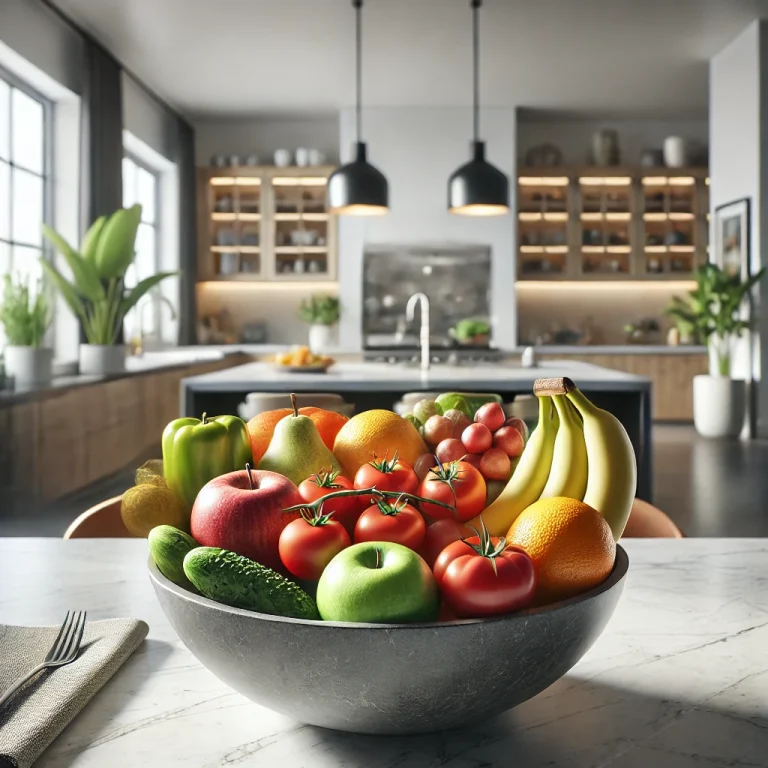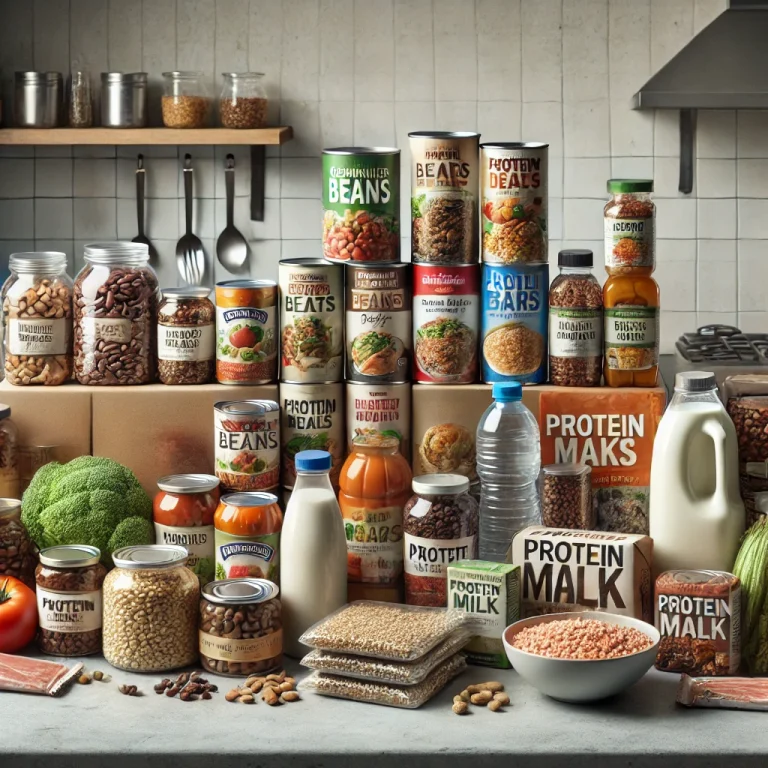Survival Food List: What You Need to Stockpile

Understanding Modern Survival Scenarios
Modern survival isn’t just about enduring a natural disaster; it also involves preparing for prolonged power outages, supply chain disruptions, pandemics, or even civil unrest. Unlike the survival strategies of decades past, today’s approach must account for urban environments, limited storage space, and a need for balanced nutrition during extended periods without access to fresh groceries.
Key Considerations When Building Your Stockpile
Before diving into the food list, consider the following:
- Nutritional Balance: Aim for a mix of carbohydrates, proteins, and fats. Your body needs energy and nutrients to cope with stress and rebuild.
- Shelf Life: Choose foods that have long shelf lives. Canned, dried, or freeze-dried items often last for years.
- Storage Space and Conditions: Ensure your storage area is cool, dry, and dark to prevent spoilage. Consider using airtight containers for extra protection.
- Ease of Preparation: In a crisis, you may have limited access to cooking facilities. Stockpile items that can be prepared with minimal resources or even eaten straight out of the package.
- Dietary Restrictions: Don’t forget allergies, intolerances, or special diets. It’s crucial that your survival food is safe for all household members.
Essential Food Items for a Modern Survival Stockpile
1. Canned Goods
- Vegetables and Fruits: Opt for low-sodium varieties. These provide essential vitamins and fiber.
- Proteins: Include canned beans, tuna, chicken, and legumes. They offer long-lasting protein sources.
- Soups and Stews: Canned soups can be a comforting, easy-to-prepare meal option during stressful times.
2. Dry Goods
- Rice, Pasta, and Grains: These staples are cost-effective, versatile, and have a long shelf life.
- Legumes: Lentils, beans, and peas are excellent protein sources that remain viable for years.
- Powdered Milk or Milk Alternatives: These are essential for recipes and provide necessary calcium and protein.
3. Freeze-Dried and Dehydrated Foods
- Complete Meals: Many companies offer freeze-dried meals that only require water, making them perfect for emergencies.
- Fruits and Vegetables: Dehydrated produce can be a quick snack or rehydrated into soups and stews.
4. Energy Bars and Ready-to-Eat Snacks
- Granola or Protein Bars: These offer quick energy and are portable. Look for options with a balance of protein, healthy fats, and carbohydrates.
- Nuts and Seeds: They are nutrient-dense, provide healthy fats, and are easy to store.
5. Specialty Survival Foods
- MREs (Meals Ready-to-Eat): Originally developed for military use, MREs are designed to provide a full meal with minimal preparation.
- Electrolyte Drinks and Powders: Hydration is critical in stressful situations. Stockpile electrolyte supplements to maintain hydration and energy levels.
6. Comfort Foods and Miscellaneous Items
- Coffee and Tea: For many, these beverages provide not just a caffeine boost but also emotional comfort.
- Spices and Condiments: Small amounts of salt, pepper, and herbs can transform bland meals and help maintain morale.
Storage and Shelf-Life Management
- Rotation is Key: Practice “first in, first out” (FIFO) to ensure that your supplies are always fresh. Use older items first and replace them regularly.
- Proper Sealing: Use oxygen absorbers and vacuum-sealed bags to extend the shelf life of dry goods.
- Temperature Control: Invest in a reliable storage solution that maintains a stable temperature and humidity level to maximize longevity.
- Labeling: Clearly label all items with the purchase or expiration date to keep track of your stockpile’s viability.
Modern Strategies for Stockpiling
- Digital Inventory: Maintain a digital list of your supplies, including purchase dates and expected expiration dates. This ensures that you always know what you have and what needs replenishing.
- Community Networks: Consider joining or forming a community group where you can share resources, swap items, or collectively manage larger stockpiles.
- Local Sourcing: Whenever possible, support local producers and consider incorporating locally sourced dried or preserved foods that might be more resilient in regional crises.
Final Thoughts
Building a modern survival food stockpile is about more than just preparing for the worst—it’s about creating a resilient lifestyle that can weather any storm. With the right mix of canned, dry, and freeze-dried foods, along with a keen eye on nutrition and storage, you can ensure that you and your loved ones are well-prepared for any eventuality. Remember, effective planning and regular maintenance of your supplies are the keys to a sustainable and stress-free survival strategy.
Stay safe, stay informed, and build your emergency pantry with care!



